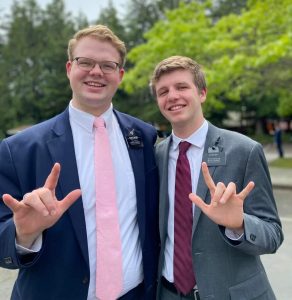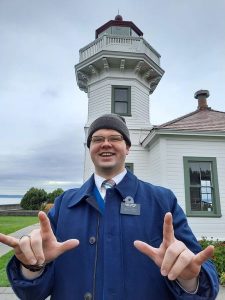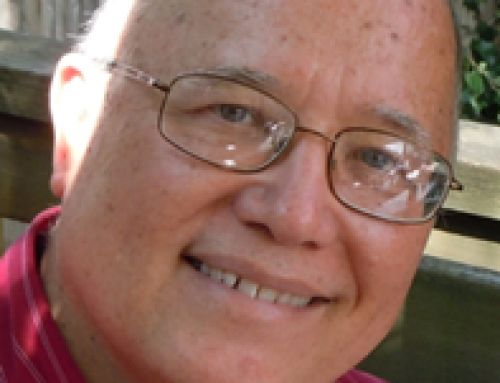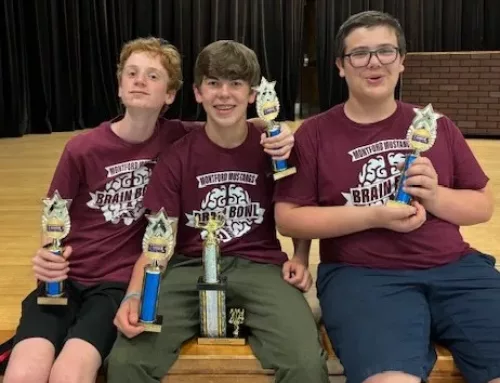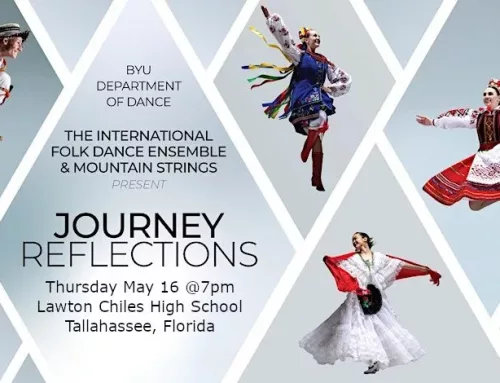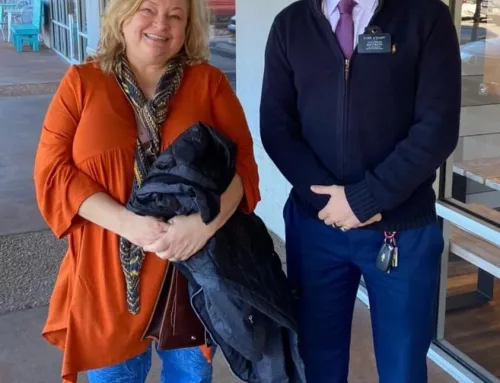Estimated reading time: 4 minutes
Elder Linford is one of six missionaries assigned to ASL Branch
SEATLLE – Elder Thelonious Linford from the Tallahassee Second Ward is serving a somewhat unique mission in the Seattle area – he is one of six American Sign Language (ASL) missionaries assigned to the Puget Sound ASL branch.
“I was super excited to receive my calling,” Elder Linford said. “When I saw ASL on my mission papers, it was amazing!”
One reason for his elation was that he had had some advance preparation.
“I already knew a little bit of the language,” he said. “I had a couple of years of ASL in high school from 2017 – 2019. Then I went to the University of Utah and took ASL classes. When Covid hit, I continued them online through the U of U.”
His call came in December 2020, and he began online mission training at home. Study for ASL is the same as most other languages, he said, in that it lasts for about six weeks.
Elder Linford has a love for ASL.
“I just think it’s a really cool language,” he said. “There’s something about how visual it is, how different from spoken languages. ASL doesn’t use sound concepts, so it must function differently. I think that’s impressive.”
It is estimated that from 250,000 to 500,000 people use ASL in the United States and Canada. Created for and by persons who are deaf, it is the most widely used visual gestural language in the world. ASL is also used by people who may not be hard of hearing but who, for other reasons, have difficulty with verbal communication.
The missionaries for the Puget Sound ASL Branch encounter some of these varied needs.
“There’s a range of hearing loss within the branch,” Elder Linford explained. “All our members are deaf or hard of hearing. But we also have some members who are deaf and blind—we do sign language with them, and they put their hands on our hands as we sign. That’s just cool, and it requires you to think differently. You’re already using a different language, ASL, interpreting what’s being said—and then you’re also describing the setting and what’s happening.”
A chief responsibility he and the other missionaries have is interpreting during Church meetings.
“One of the great opportunities we have is every week in Church when we get to interpret—sometimes with visiting leaders,” he said. “Absolutely some of my favorite moments!”
Elder Linford noted that, while much work the missionaries do involves their ASL skills, they also perform a good deal of general service.
“We do a LOT of service,” he said. “Right now, we have a member of our branch with cerebral palsy who has a hard time using his hands and arms. We go over every week to help with his lawn work and care for his dogs. We helped plant a large garden for another branch member. I think the physical work and the interpreting are both wonderful ways to serve. Our focus is to help members and nonmembers, and these personal connections are important.”
Note: The Church provides many resources in American Sign Language. To find them, go to ASL.ChurchofJesusChrist.org or to the Gospel Library app.
WATCH A VIDEO FROM THE ASL MISSIONARIES IN SEATTLE: https://www.facebook.com/HisHands.asl/videos/380307110206713


